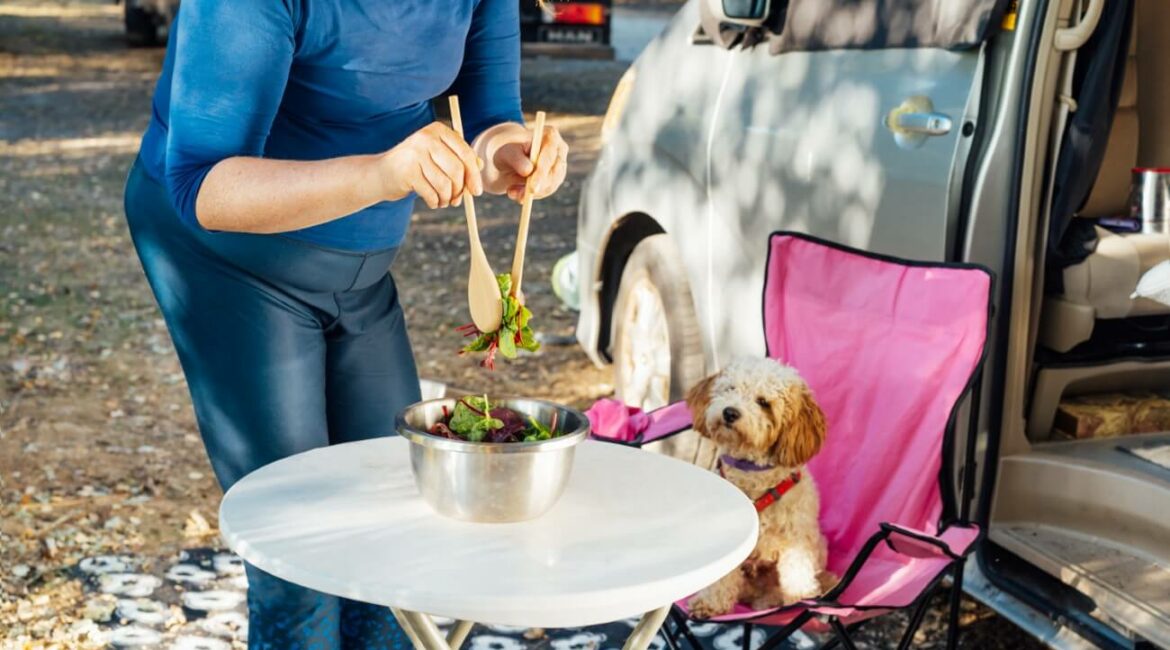When it comes to your child’s safety while traveling in a vehicle, booster seats are an essential part of the equation. These seats provide the necessary elevation for your child to use the vehicle’s seat belt effectively. In this guide, we’ll explore the key factors to consider when choosing booster seats that are safe for your child.
Choosing the Right Booster Seat
Selecting the right booster seat starts with understanding the different types available. There are backless boosters and high-back boosters, each with its own set of advantages. High-back boosters provide head and neck support, making them suitable for vehicles with low seat backs. Backless boosters are more portable and can be a good choice for older kids who need a boost.
Proper Fit and Size
Ensure that the booster seat fits your child’s size and age appropriately. The seat should position the seat belt properly across their chest and lap. Look for adjustable height and width settings to accommodate your child’s growth. Keep in mind that some booster seats have weight and height restrictions, so always check the manufacturer’s guidelines.
Ease of Installation
The ease of installation is crucial for ensuring that the booster seat is properly secured in your vehicle. Many modern booster seats come with easy-to-use LATCH connectors or seat belt guides. Pay attention to the installation instructions and test the seat’s stability once it’s in place.
Safety Standards and Testing
Always choose booster seats that meet or exceed safety standards. Look for seats that have undergone rigorous testing for crash performance and side-impact protection. These standards ensure that the seat can effectively protect your child in the event of an accident.
Comfort and Durability
A comfortable booster seat is essential for your child’s enjoyment during the ride. Look for padded seating, armrests, and adjustable headrests. Durability is also key, as booster seats should withstand the wear and tear of daily use.
Installation Tips for Booster Seats
Proper installation is paramount for the safety of your child. While the main article touched on installation ease, a more in-depth discussion can be beneficial. Ensure that the booster seat is tightly secured, with minimal movement. Test it by attempting to move it side to side and front to back. If the seat wobbles or shifts easily, it’s not securely fastened. Follow the manufacturer’s instructions carefully, as they often provide specific guidance for achieving a secure installation. Additionally, inspect the vehicle’s owner’s manual for guidance on booster seat installation, as it may offer valuable insights on using LATCH connectors or seat belt guides.
Extended Use Booster Seats
Many parents wonder how long their child should use a booster seat. While the main article addressed the transition from car seats to booster seats, it’s essential to discuss extended use booster seats. These seats are designed to accommodate older children and can often be adjusted to different height and weight ranges. Exploring the benefits of extended use booster seats and how they can offer safety for older kids can be a valuable addition to the topic.
Booster Seats for Multiple Vehicles
Families often have more than one vehicle, and it’s common for children to travel in different cars. Discussing the convenience and safety of using booster seats that are compatible with multiple vehicles can be helpful. Some booster seats are designed to be easily transferable between cars, ensuring that your child’s safety is not compromised when they switch between vehicles. Providing tips on selecting such versatile booster seats and ensuring proper installation in different cars can be beneficial for families on the go.
FAQ : Booster Seats That Are Safe
When can my child transition to a booster seat?
Most children are ready for a booster seat when they outgrow their forward-facing car seat, typically around 40-65 pounds and around 4-7 years of age.
What is the difference between a high-back and backless booster seat?
High-back boosters have head and neck support and are suitable for vehicles with low seat backs. Backless boosters are more portable and suitable for older children who need a lift.
Can booster seats be installed in any vehicle?
Booster seats can be installed in most vehicles, but the ease of installation may vary. Check the manufacturer’s guidelines and test the stability once installed.
What is the proper position for the seat belt on a child in a booster seat?
The seat belt should cross the child’s chest and lap, not their neck or abdomen. The booster seat should ensure this positioning.
Are booster seats required by law?
Booster seat laws vary by location, but they are mandatory in many places. It’s essential to familiarize yourself with the regulations in your area.
Selecting a safe booster seat for your child is a vital decision to ensure their protection while traveling. By considering the type of booster seat, proper fit, ease of installation, safety standards, comfort, and durability, you can make an informed choice that prioritizes your child’s safety and comfort. If you have more questions or need further guidance, feel free to reach out. We’re here to help you make the right decision for your child’s safety.
- Transform Your Health with Medford Medical Weight Loss Program - June 9, 2025
- A Chat with Nate and Mika, Christian Wedding Photographers - July 18, 2024
- Ultimate Guide To Playing Online Casinos - May 27, 2024









